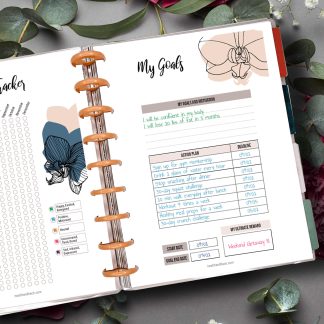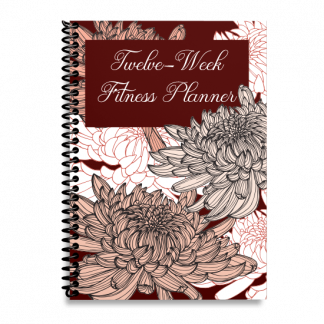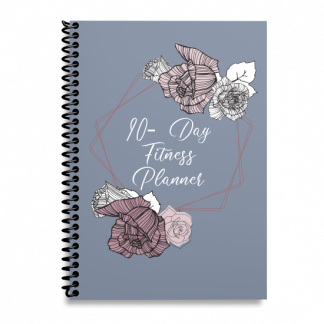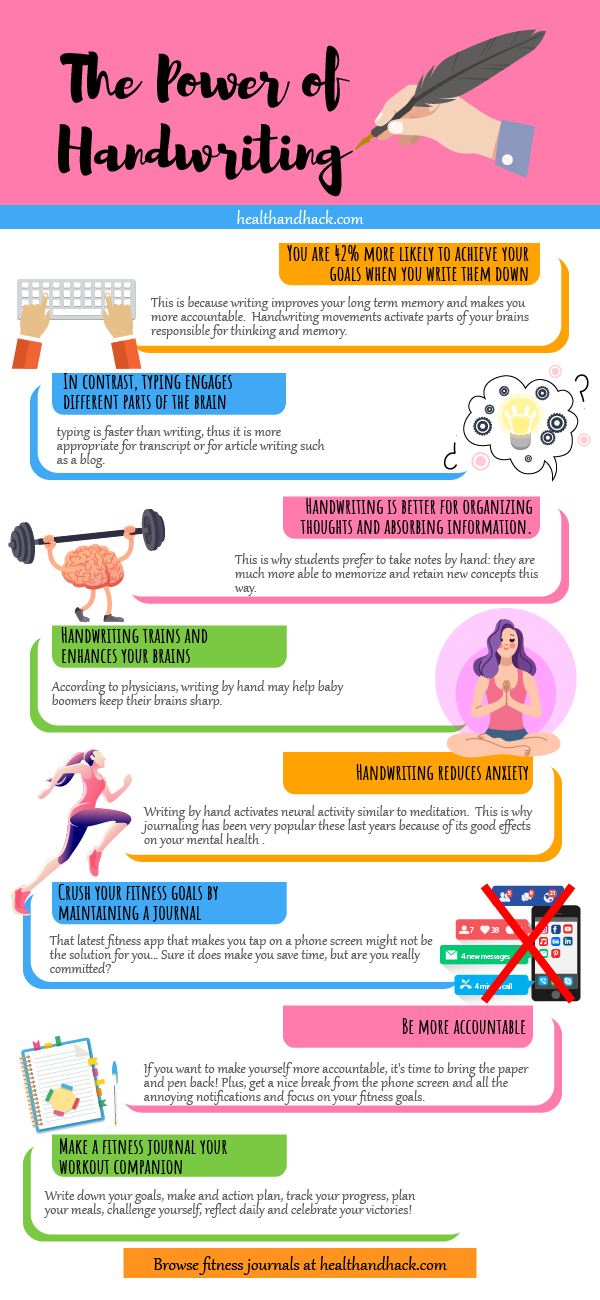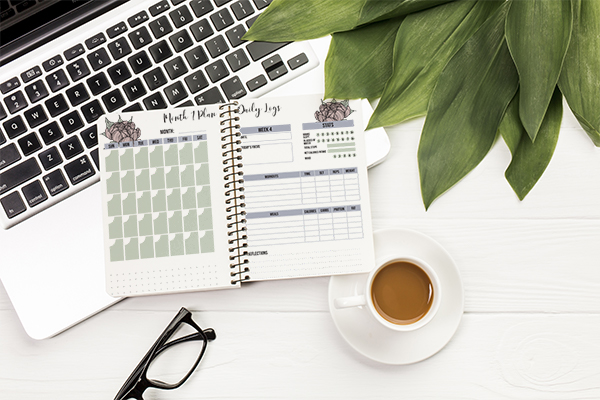
Using a fitness planner might seem like extra work. After all, you’re already going to the gym and sweating. Isn’t that enough? However, if you want your workouts to really count, you need to keep track of what you are doing and determine whether you are seeing results. Otherwise, you may be wasting your time! Let’s learn about the benefits of a fitness planner and how to use one.
Benefits of a Fitness Planner
A fitness planner is just for fitness. Having a separate planner for your exercise habits means that you will stay focused on that subject and not be distracted.
Take your measurements and weight before you begin. Make note of your clothing sizes. You can even print up “before” pictures. Every few weeks, check in with your new numbers and pictures. You can also keep track of how heavy you are lifting, how far you run, or any other important progress.
Keeping track of your milestones will increase your motivation. When you conquer a big goal, you want to celebrate it! Make note of it so you know that what you are doing in the gym is working.
- Make Yourself Accountable
Somedays you just don’t feel like hitting the gym. It’s easy to let yourself off the hook if you aren’t keeping track. However, seeing how many times you have actually worked out will keep you from slacking off.
- Plan Workouts and Rest Days
Planning out your week in advance takes the guesswork out of what to do at the gym that day.
If you find that you feel great after certain workouts and awful after others, you know which workouts to change or whether you need to add more fuel for the harder days.
Everyone dreads hitting a plateau in either weight loss or their current exercise routine. Keeping track of what you have been doing will help you know when to change your workouts so you never feel stagnant.
Your planner will help you stay on track so that exercise becomes a habit. You’ll know what you’re doing every day, so you can plan your meals and leisure activities around the gym!
Your planner can help you make sure that you aren’t overdoing it at the gym. Going too hard or too fast will only lead to injuries, not progress.
What to Write in a Fitness Journal
Now you know why you should use a fitness planner. However, what exactly should you write in it? Here are some questions to answer after every workout.
- Did you enjoy your workout? If not, why?
If your workout was a drag, it may be time to modify your routine.
If the answer is yes, you need to check your form. You should never feel bad pain while exercising!
- Was the workout too difficult? Too easy?
If your workout was too much or too little, it’s time to change your reps, sets, or weights, or the duration of your workout.
- Did your sleep, water intake, and meals affect your energy levels?
Sometimes a bad workout stems from things that happen outside the gym!
- What was your overall performance?
This will help you know what factors create a good day at the gym.
Using a fitness planner might seem overwhelming but taking a few minutes to plan your workouts and record how you feel will help you get the most out of every gym session. It can make the difference between spinning your wheels and reaching your goals!
Check out our unique fitness planners


